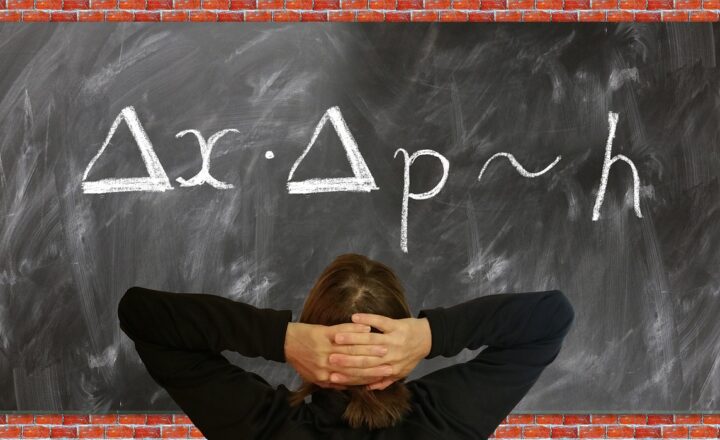The Most Revolutionary Scientific Theories That Changed Our Understanding of the Universe
November 16, 2024

Our understanding of the universe has evolved significantly over the centuries, primarily due to groundbreaking scientific theories that challenged the status quo and reshaped our perspectives on how the cosmos operates. This article delves into some of these revolutionary theories, exploring their impact on science and how they fundamentally changed our understanding of the universe.
1. The Heliocentric Theory
In the early 16th century, the prevailing belief was that the Earth was at the center of the universe—a theory supported by the geocentric model championed by Aristotle and later by Ptolemy. However, the mathematician and astronomer Nicolaus Copernicus proposed a radically different idea: the heliocentric theory, which posits that the sun, not the Earth, is at the center of the solar system.
Copernicus’s work, “De revolutionibus orbium coelestium” (On the Revolutions of the Celestial Spheres), published in 1543, laid the groundwork for modern astronomy. His theory replaced centuries of geocentric belief and shifted the paradigm, leading to the later works of astronomers like Johannes Kepler and Galileo Galilei. Their empirical observations and mathematical calculations provided further evidence, ultimately transforming our understanding of our place in the cosmos.
2. Newton’s Law of Universal Gravitation
In the late 17th century, Sir Isaac Newton introduced a comprehensive theory of gravity through his renowned work, “Philosophiæ Naturalis Principia Mathematica” (Mathematical Principles of Natural Philosophy). Newton’s law of universal gravitation proposed that every particle in the universe attracts every other particle with a force proportional to the product of their masses and inversely proportional to the square of the distance between their centers.
This theory not only offered an explanation for the motion of heavenly bodies but also provided the mathematical framework to understand various phenomena on Earth. It unified terrestrial and celestial mechanics, incredibly shifting humanity’s understanding of physics and laying the groundwork for classical mechanics.
3. The Theory of Relativity
Albert Einstein’s theory of relativity, developed in the early 20th century, revolutionized the field of physics by introducing the concepts of special relativity (1905) and general relativity (1915). Special relativity challenged the notions of absolute time and space, proposing that the laws of physics are the same for all non-accelerating observers and that the speed of light remains constant regardless of an observer’s motion.
General relativity expanded these ideas, introducing the concept that gravity is not a force but a curvature of space-time around massive objects. This groundbreaking theory predicted phenomena such as the bending of light around massive bodies and black holes, profoundly altering our understanding of gravity and the universe’s structure.
4. Quantum Mechanics
The early 20th century also witnessed the emergence of quantum mechanics, a theory that revolutionized our understanding of atomic and subatomic processes. Pioneered by physicists such as Max Planck, Niels Bohr, and Werner Heisenberg, quantum mechanics introduced concepts that defied classical physics, including the idea that energy levels in atoms are quantized and the principle of uncertainty.
Quantum mechanics not only explained the behavior of particles at micro-levels but also led to technological advancements such as semiconductors, lasers, and quantum computing, forever changing how we interact with the universe.
5. The Big Bang Theory
The Big Bang theory is the prevailing cosmological model that describes the early development of the universe, proposing that it originated from an infinitely dense singularity approximately 13.8 billion years ago. Initially formulated in the early 20th century through the observations of astronomer Edwin Hubble, who discovered that galaxies are moving away from us, this theory provided a coherent explanation for the expansion of the universe.
The Big Bang theory fundamentally changed our understanding of the universe’s origin and evolution, giving rise to concepts such as cosmic microwave background radiation and the formation of galaxies. By challenging static models of the universe, it opened new avenues of exploration in cosmology and astrophysics.
6. Evolutionary Theory
Although primarily focused on biology, Charles Darwin’s theory of evolution through natural selection has had profound implications for our understanding of life’s existence in the universe. Published in “On the Origin of Species” in 1859, Darwin’s theory challenged the static view of life forms and introduced the idea that species evolve over time through a process of adaptation and survival.
This revolutionary approach not only shifted scientific understanding of biology but also impacted philosophy, ethics, and our perception of humanity’s place in the natural world. It raised fundamental questions about our origins and our relationship with the environment.
Conclusion
Throughout history, numerous theories have reshaped our understanding of the universe. From the heliocentric model of Copernicus to the complexities of quantum mechanics and the Big Bang, these theories have not only challenged existing paradigms but have paved the way for scientific advancements and a greater understanding of our cosmos. As we continue to explore the mysteries of the universe, the revolutionary scientific theories of the past will remain pivotal in shaping the future of science and humanity’s quest for knowledge.







